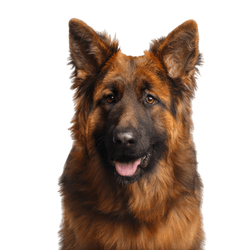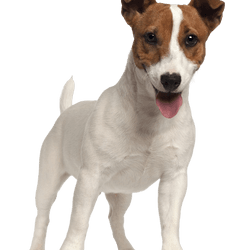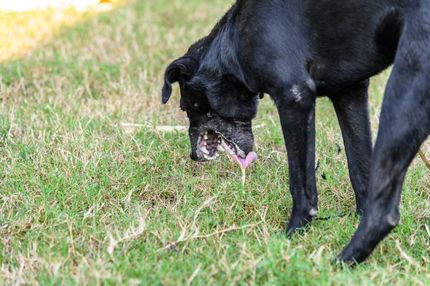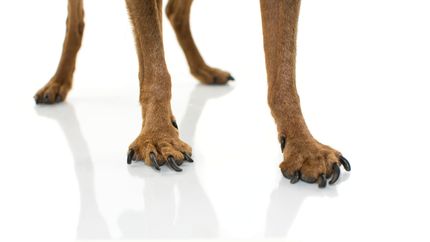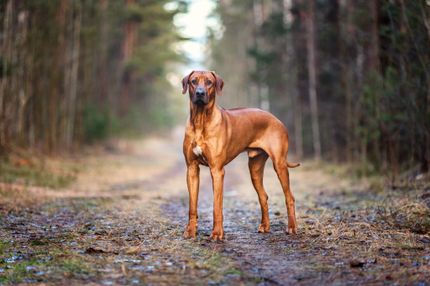Facts & Origin
The origin and history of the Jack Russell Terrier-German Shepherd mix.
The history of dog breeds highlights that the Jack Russell Terrier-German Shepherd mix is a combination of two very different, but equally valued breeds. The Jack Russell Terrier, originally from England, was developed for fox hunting. The German Shepherd originated in Germany and was bred primarily for herding and guarding duties. This mixed breed combines the alertness and working zeal of the German Shepherd with the agility and eagerness of the Jack Russell Terrier.
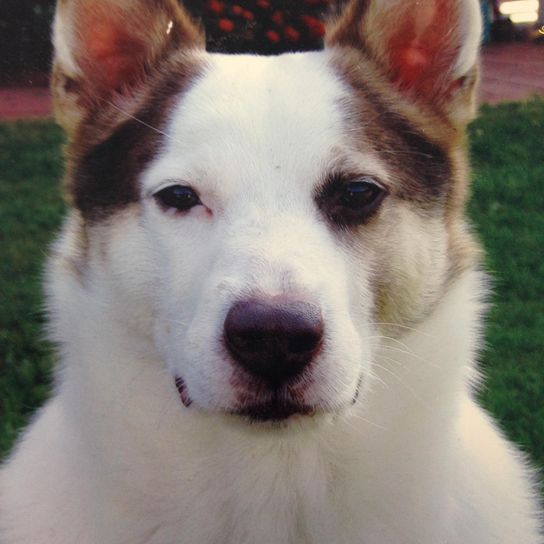
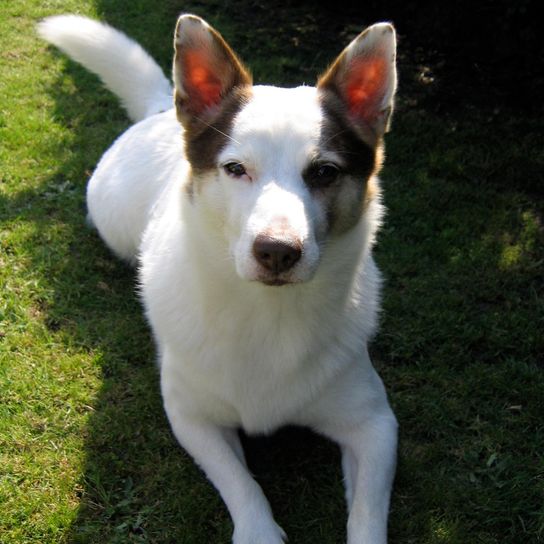
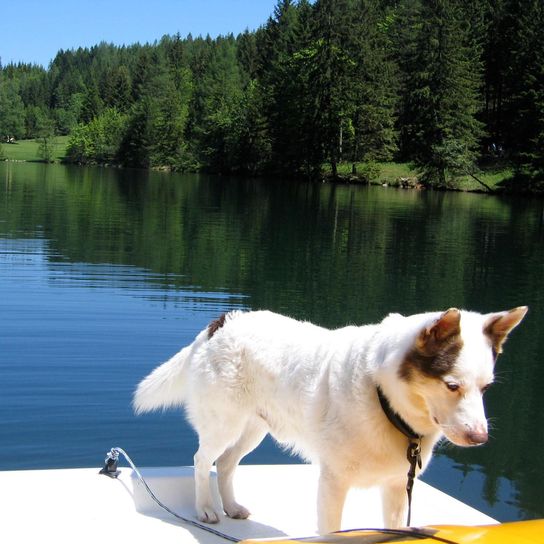
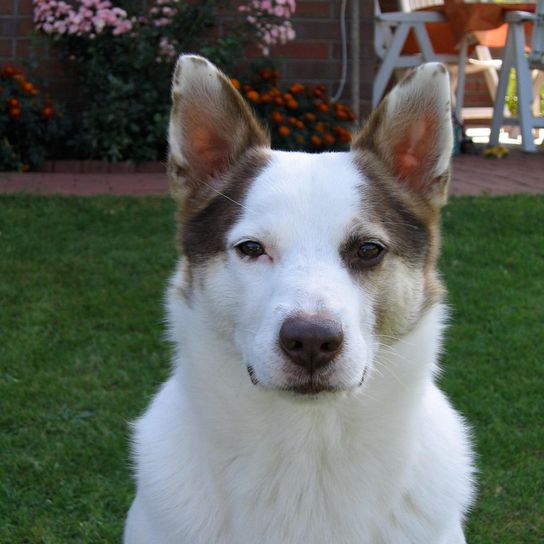
| Alternate Name | - |
| Origin | Germany - England |
| Life expectancy | 9 - 16 years |
| Care requirements | low-maintenance |
| Activity level | high |
| FCI group | not recognised |
| AKC group | not recognised |
| KC group | not recognised |
More German Shepherd mixes
More Jack Russell Terrier mixes
Attitude, character and temperament of the breed
Character, nature and attitude of the Jack Russell Terrier-German Shepherd mix.
The combination of these two breeds results in a mixed breed that is both alert and energetic.
Temperament:
- Loyalty: a strong bond to the family and especially to a caregiver is often observed.
- Alertness: A strong protective instinct may be present, influenced by the German Shepherd.
Character:
- Energy: a high energy level requiring regular activity is characteristic.
- Intelligence: This mongrel is often very adaptive and responsive.
Character
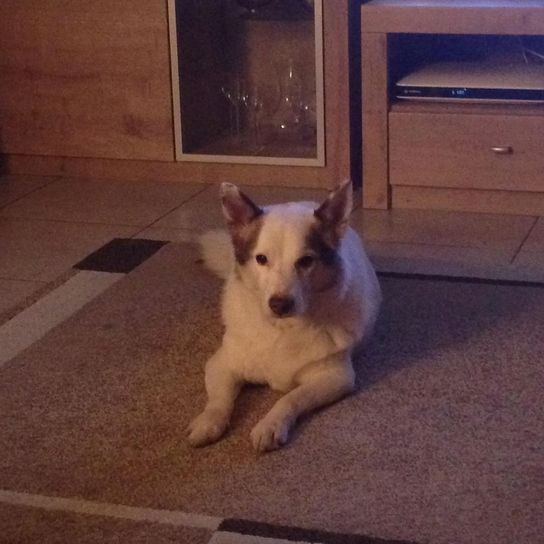
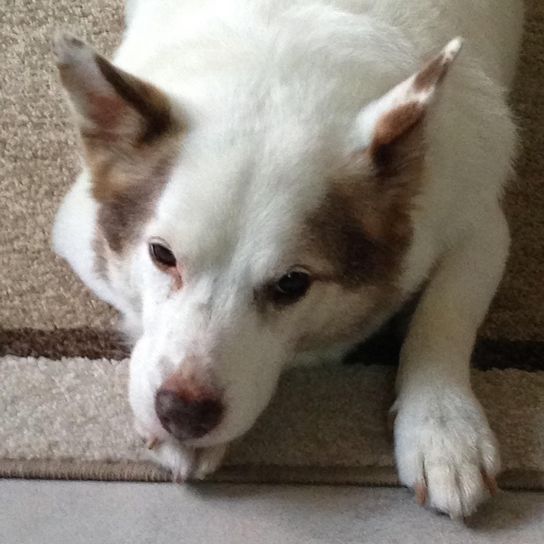
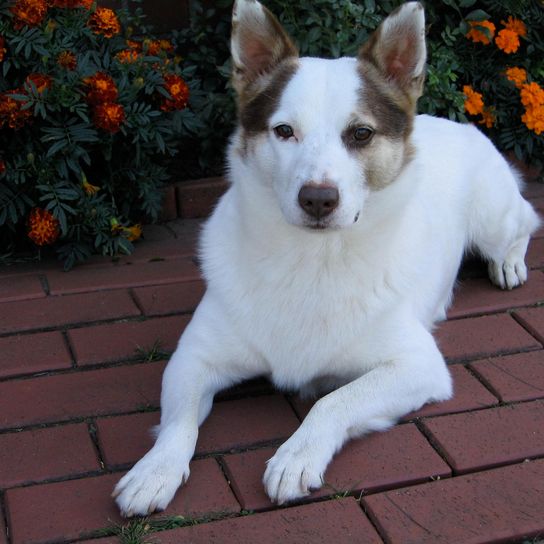
Possible diseases and care requirements of the Jack Russell Terrier-German Shepherd mix.
When considering this mixed breed, health problems of both parent breeds could occur.
Possible diseases:
- Hip dysplasia: A problem that can occur in the German Shepherd.
- Eye Problems: Both breeds may have certain eye problems.
Grooming Requirements:
- Coat Care: Depending on the coat condition, regular brushing may be required.
- Exercise: This mixed breed requires plenty of exercise and mental stimulation.

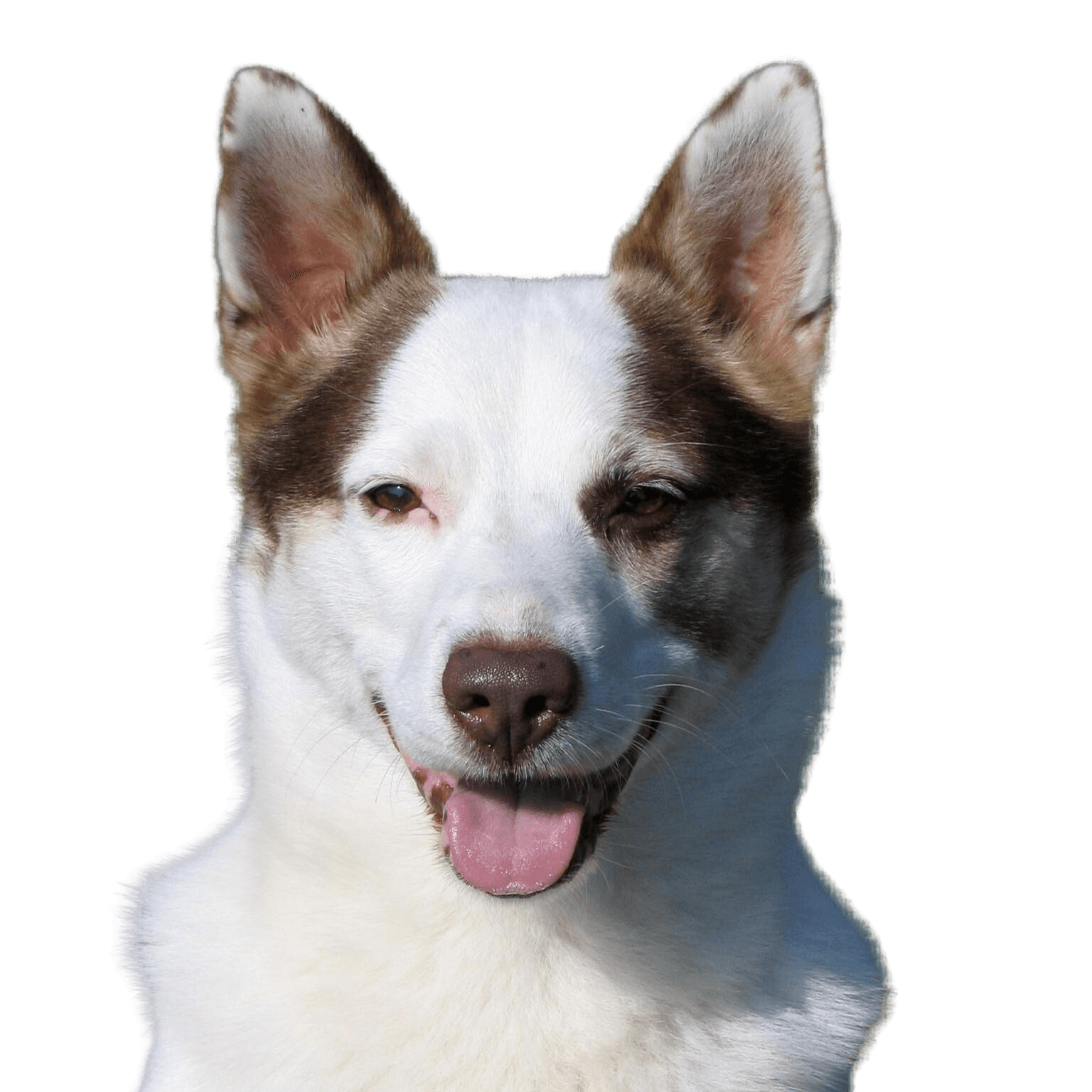
Appearance and appearance of the Jack Russell Terrier-German Shepherd Dog mix.
The mixing of Jack Russell Terrier and German Shepherd can result in a variety of appearances.
Size: shoulder height could vary from 35 cm to 60 cm depending on the dominance of the parental genes.
Weight: Weight could range from 10 kg to 30 kg.
Coat:
- Color: A wide range of color combinations, including the characteristic colors and markings of both breeds.
- Length and Texture: Coat may vary from short to medium length and from smooth to rough.
Possible Appearance: A medium to large build with the distinctive characteristics of both breeds, perhaps a bold expression and erect ears.
| Fur length | long - short |
| Fur | flat coated - rough-haired |
| Ear shape | Standing Ears - Tilt-ear |
| Tail | fanned out - lang |
| Anatomy | massive, strong, sporty |
| Size ♀ | 25 - 60 cm |
| Weight ♀ | 6 - 32 kg |
| Size ♂ | 25 - 65 cm |
| Weight ♂ | 6 - 40 kg |
| Suitable For | - |



Known Diseases
Cataract
Cataracts are still one of the most common causes of blindness, even in dogs.
Numbness
Often occurs in old age.
Ataxia
Ataxia (from Greek ἀταξία ataxia 'disorder' 'irregularity') is a generic term in medicine for various disorders of movement coordination. Ataxia can occur even when there is no paralysis (paresis), that is, when there is normal muscle strength.
Atopy
Canine atopic dermatitis or environmental allergy is characterized by itching with scratching, biting, and rubbing of the face, paws, and belly
Dermatophytosis
Dermatophytosis (synonym dermatophytosis, from ancient Greek τὸ δέρμα derma, German 'skin' and ancient Greek φυτόν phyton, German 'plant') or tinea (Latin for 'woodworm', 'moth') is a skin fungal disease caused by specific fungi (dermatophytes).
extreme whiteness
May be associated with some other diseases.
Legg-Calve-Perthes
Legg-Calvé-Perthes disease (aseptic femoral head necrosis) is a growth disorder of the femoral head.
Dislocations
Lenticular and patella luxation occur in some breeds and affect the eye.
Myelopathy
Degenerative myelopathies of dogs are a series of slowly progressing neurological diseases associated with destruction of the spinal cord. These diseases are associated with slowly progressive movement disorders of the hindquarters.

